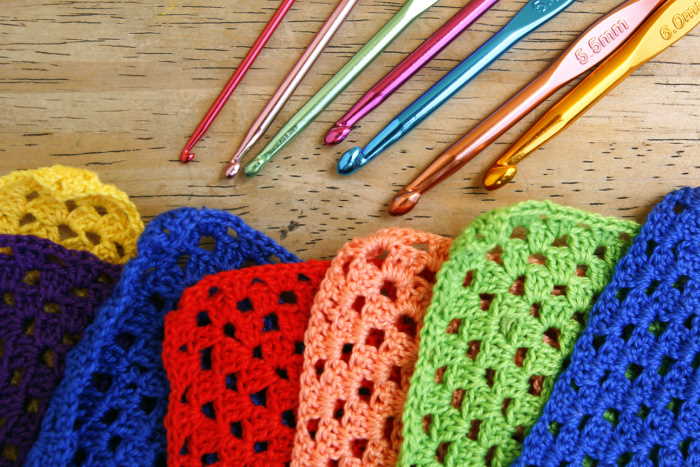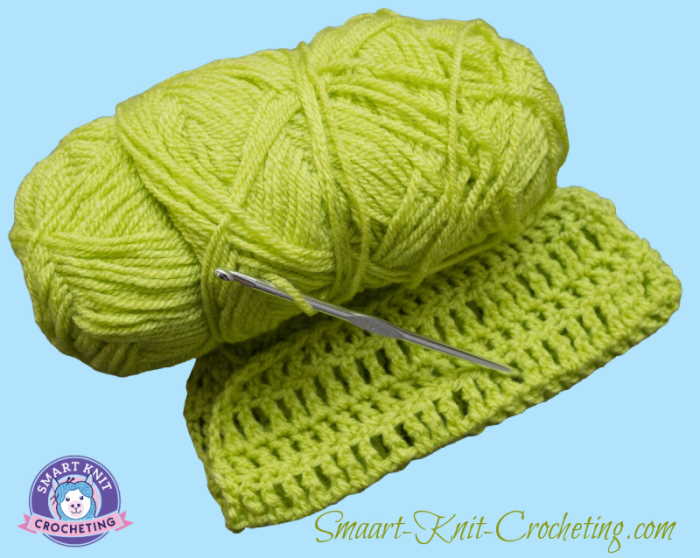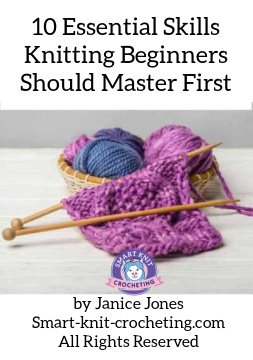- Home
- Wool Knitting Yarn
- Acrylic vs Cotton Yarn
Acrylic vs Cotton Yarn: Which One is Better for Your Next Crochet Project?
Acrylic vs Cotton Yarn by Janice Jones
Are you looking for the perfect yarn for your next crochet project? If so, you're likely considering acrylic and cotton yarns. Both are popular materials for crafting, but it's important to understand their differences to make the best choice for your project.
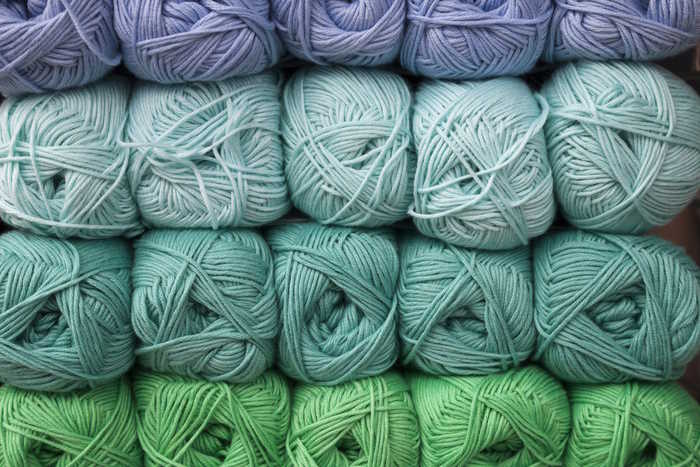
TL;DR – Acrylic vs Cotton Yarn
Cotton yarn is breathable and natural — great for wearables.
Acrylic is synthetic, warm, and budget-friendly — ideal for blankets and toys.
Your best choice depends on project, climate, and care needs!
Acrylic yarn is a synthetic material often derived from petroleum products, while cotton yarn is a natural, plant-based fiber derived from the cotton plant.
Each of these materials has its advantages and disadvantages, and the best choice for you will depend on your project's specific needs.
This article will examine the differences between acrylic and cotton yarns and provide tips for choosing the best one for your next crochet project.
Acrylic vs Cotton Yarn
Acrylic and Cotton yarns are by no means your only choice of kinds of yarn to choose from. In this article, we will look at the pros and cons of each.
In subsequent articles, we'll examine different types of yarn, including natural wool yarn, other synthetic yarn, and other natural fiber yarns. The main thing to remember is acrylic is a man-made polymer, and cotton
What is Acrylic Yarn?
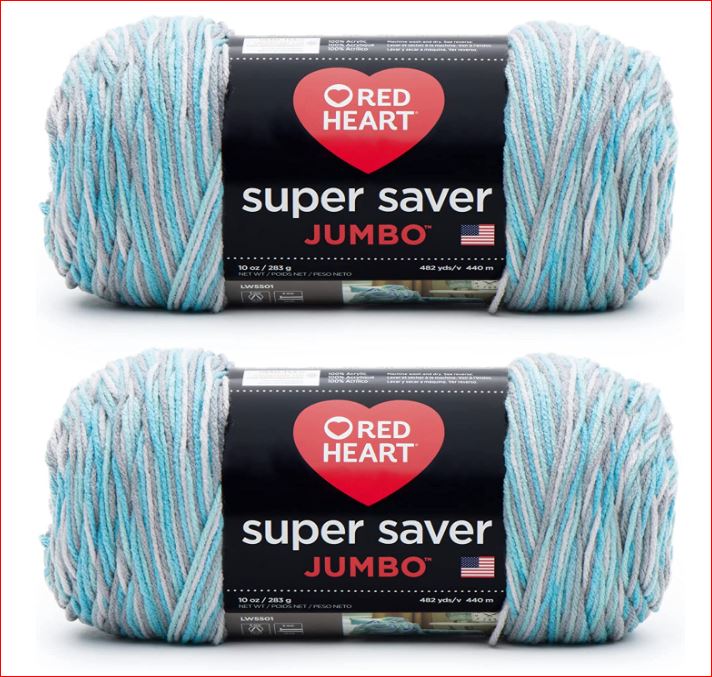
Acrylic yarn is a synthetic material created from polyacrylonitrile (PAN). PAN is a polymeric material that combines the properties of polyester and polyamide. Synthetic yarns can be either acrylic or polyester.
Polyester yarn is also known as manmade polyester. Both acrylic and polyester yarns have an acrylic core between two layers of polyester. However, acrylic yarn is a type of synthetic fiber that's much more water-resistant than polyester yarn.
Therefore, acrylic is your best option for crafting garments, such as t-shirts, that may be worn in damp environments. Polyester, on the other hand, is much more flexible and ideal for crafting garments with stretchy designs.
Acrylic yarn can come as 100% acrylic, but you will also find acrylic blend yarns. Check the yarn ball for the percentage of acrylic yarn and other fiber types.
What is Cotton Yarn?
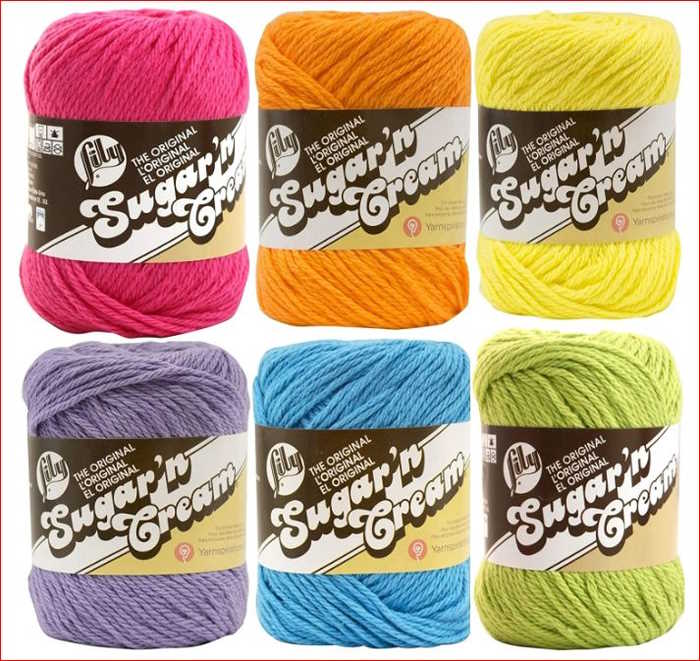
Cotton yarn comes from natural fibers derived from the cotton plant. This type of yarn is often compared to wool in its softness, absorbency, and strength. Cotton yarn is also one of the most affordable yarns on the market, which makes it an excellent choice for budget-conscious crafters.
Several cotton yarns are even insured against defects, which means you can be confident that your project will be created with the best quality cotton available. For many crafters, cotton is a popular choice because it's such a versatile material.
Cotton yarn can be used for many designs and can be incorporated into many projects. Cotton yarns come in 100% Cotton or cotton blends. Cotton blend yarns should specify the fiber content, usually as a percentage. This information can be found on yarn labels.
Pros and Cons of Acrylic Yarn
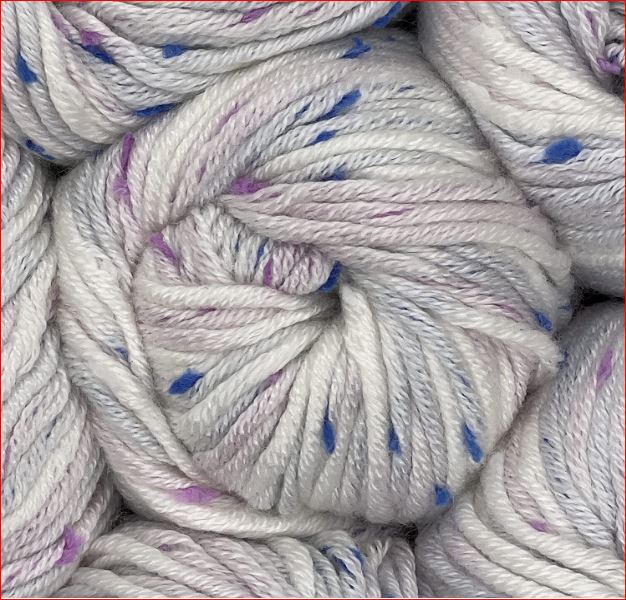
Acrylic vs Cotton Yarn: Feature-by-Feature Comparison
| Feature | Acrylic Yarn | Cotton Yarn |
|---|---|---|
| Texture | Soft, slightly plastic feel | Soft, natural feel |
| Breathability | Low | High |
| Warmth | High | Moderate |
| Washability | Very easy, machine-wash safe | May shrink or stretch |
| Durability | Long-lasting, pill-resistant | Can degrade over time |
| Cost | Inexpensive | Moderately priced |
| Best For | Blankets, toys, winter wear | Summer wearables, dishcloths |
Acrylic yarn is a synthetic material, meaning it doesn't contain any natural elements like cotton. As a result, acrylic yarn is highly water resistant and can easily be machine washed, making it an excellent choice for garments worn in damp environments.
As we noted above, acrylic yarn is also highly resistant to stains and other damage, so it's perfect for crafting clothes for children. However, acrylic yarn is a synthetic material, so it's not as soft as cotton.
This means that it may feel rougher than cotton yarn to the touch. Additionally, acrylic yarn doesn't absorb heat or moisture like cotton, so it's not as comfortable to wear as cotton.
Benefits and Drawbacks of Acrylic Yarn
Pros:
- Machine Wash
- Affordable
- Resists Stains
- Excellent choice for projects requiring frequent washings, such as baby blankets
Acrylic Yarn Cons:
- Not as soft to the touch as other fibers
- Doesn’t absorb heat.
- Some acrylic yarns can pill over time, although some are anti-pilling.
Pros and Cons of Cotton Yarn
Pros for Using Cotton Yarn
- Cotton is renewable and, therefore, sustainable, making it an excellent choice for the environment.
- Some cotton yarns are very soft, making it ideal for washcloths.
- Available in a wide variety of colors
- Machine washable
- Cotton does not pill as acrylic yarns may.
- May be a good choice for allergy sufferers.
- Delicate lacy designs that require crochet thread are usually 100% cotton.
- Cotton can create a fabric with great stitch definition
Cons
- The finished project can stretch over time so it is not ideal for close-fitting garments such as socks.
- May contain toxins due to pesticides.
- Some cotton yarns are stiff and difficult to work with because they don’t have the give or stretch quality of acrylic or wool making them more difficult for the beginner to manage.
Tips for Choosing the Right Yarn for Your Crochet Project: Acrylic vs Cotton Yarn
Purposes: When choosing the suitable yarn for your crochet project, consider the item's purpose. If you're creating a blanket, you'll want a yarn that's durable and warm. If you're creating an accessory, you may want to choose a more lightweight yarn that's easier to wear and not as warm.
Machine Washable: Depending on the project, you may also want to choose a yarn that's machine washable or not. When choosing the right yarn, it's also important to consider the type of crochet you're using.
Color Considerations: Each crochet method has its own unique collection of materials, so you should choose a yarn that's appropriate for the type of crochet you're doing. When choosing a yarn, it's also important to consider the color options available.
Depending on the type of project you're creating, it may be important to choose a yarn with contrasting colors or a color palette that includes a variety of shades.
Uses for Acrylic Yarn
Beginner-Friendly: Acrylic yarn is often perfect for the beginner because it is readily available in craft stores and online. It is economical and comes in a rainbow of colors and textures.
It is an easy yarn to work with so many beginners who find this the perfect solution. With that said, some acrylics may not be the best choice for beginners.
If you are new to the craft, choose a yarn where you can see your stitches and steer clear of the novelty yarns now available.
Color Choices: Some are solid colors, but you’ll also see metallic, heathered, anti-pilling, self-striping, multicolor, glittery, and ombre. There is no shortage in the wide range of colors you'll find in acrylic yarn.
Variegated colors are also popular, so acrylic is perfect if you prefer a little color variation without dabbling in colorwork crocheting.
Cost: Though acrylic yarn is generally cheaper than high-quality animal fibers, the price can vary depending on whether you choose a better or cheaper alternative. There's an acrylic for everyone's budget.
Washable: An acrylic is a good option for anything that needs to be laundered frequently, such as baby and children’s clothing, mittens, blankets especially for babies and pets, dog sweaters, and holiday projects.
Charity: When knitting or crocheting for charity, acrylic is often the fiber of choice because you can make hats, mittens, scarves, blankets, shawls, and so many other items needed for charity giving.
Wearables: Finally, any wearable can be made from acrylic. Many prefer wool when crafting sweaters, coats, or other types of delicate garments, but for everyday use, acrylic is excellent.
Uses for Cotton Yarn
Household Items: Cotton is the best choice for household items made for the kitchen or bathroom. Hot pads, dishcloths, towels, face wipes, wash clothes, makeup removers, or anything else that is used daily and needs to be cleaned regularly.
They also make an excellent choice for cozies such as pot, cup, or bottle cozies. Cotton is also your best bet for making market bags.
Wearable: Softer cotton can be used when making summertime shawls, baby items, summer garments, or baby items.
Gifting: Cotton is also the perfect choice for making gifts for someone who might have an allergic reaction to wool or other animal fibers. Cotton is also the fiber of choice for people with sensitive skin.
Frequently Asked Questions (FAQ)
Not usually. Modern acrylic yarns are much softer than older versions. However, some people with sensitive skin may still find it slightly irritating. Try feeling the yarn in-store or opt for soft “baby” lines.
Yes, but be cautious. The fibers behave differently when washed. Cotton may shrink while acrylic won't. Test a swatch and wash it to see how they react together.
Cotton yarn is better for summer. It's breathable, moisture-absorbing, and keeps you cool — perfect for warm-weather garments.
Acrylic yarn is often easier for beginners. It's affordable, easy to find, and more forgiving with tension mistakes. Cotton can be stiffer and may split more easily.
Some acrylic yarns do pill, especially lower-cost brands. Look for “anti-pilling” or premium acrylics. Washing gently and using the right hook can also help reduce pilling.
It depends. Cotton is biodegradable, which is great. But conventional cotton farming uses lots of water and chemicals. For a greener choice, look for organic cotton yarns.
Usually yes — but follow care instructions carefully:
- Acrylic: Most are machine-washable and dryer-safe.
- Cotton: May shrink or stretch — wash cold and lay flat to dry unless pre-shrunk.
Which One Should You Choose? Verdict Section
👉 Choose acrylic if you want low-cost, low-maintenance yarn for home items or toys: Blankets, amigurumi, hats, scarves
👉 Choose cotton if you want breathable, natural fibers for clothing and warm weather: Summer tops, baby clothes, washcloths, market bags
Whatever type of fiber you choose, it's essential to know that you will find acrylic and cotton yarns in most different weight categories, so if you are looking for worsted weight yarn, dk weight, fingering, or any other weights.
Shopping for Acrylic Yarn
Here are a few I love and recommend to get you started.
Tweed Twinkles Soft Acrylic Hypoallergenic Yarn for Babies
Lion Brand Yarn Mandala Sparkle Yarn
Please Check Amazon for Price and Availability
Shop for Cotton Yarn
Lily Sugar'n Cream Cotton Cone Yarn
Crochet Yarn, 10x50g Soft Cotton Yarn Skeins
Premier Yarns Home Cotton Yarn
Threadart 100% Pure Cotton Crochet Yarn
Acrylic vs. Cotton Yarn
Pin for Future Reference
About Janice
Hi, I’m Janice, the voice behind Smart-Knit-Crocheting. I love to knit and crochet and even more, I love teaching others what I know.
Though I learned to knit and crochet as a child, I didn’t get serious about these amazing hobbies until I retired. I’m a certified knit and crochet instructor through the Craft Yarn Council and am working on becoming a Master Hand Knitter through The Knitting Guild Association.
I’m currently living with my husband of over 50 years and our 6 Shih Tzu dogs.
I love hearing from you, so please drop me a line and let me know what you’re working on, whether you love knitting or crocheting more, and if you have any questions. Please visit my about me page for more information.
Happy Crocheting
